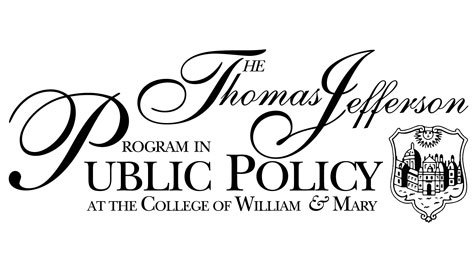Study finds uncontested elections at 10-year high
Redistricting and uncertain electoral environment limit two-party contests
Uncontested races for the nation’s state legislative seats have hit a 10-year high, according to a new study by researchers at the College of William & Mary.
The report provides data on the overall national level of competition, as well as a comparison of the most and least competitive states. The study, issued by the Thomas Jefferson Program in Public Policy, finds that only 60.3 percent of the more than 6,000 elections this year offer voters a choice between major party candidates.
“This lower rate of contested races diminishes the likelihood that we could see a continuation of the significant seat swings that typified the last three election cycles,” the report says.
Study authors John McGlennon, professor of government and public policy, and graduate student Ian Mahoney note that competition for state senate seats was slightly higher than for seats in lower houses of the legislatures, a consistent pattern. The states range from a high of 98.2 percent two-party competition in Michigan to a low of 21.6 percent in Georgia.
The authors cite the impact of decennial redistricting and the lack of an evident partisan advantage (i.e., expectations of a “wave” election) during candidate recruitment season as possible explanations for the downturn in competition.
“This is the lowest level of contested races since 2002, when the states last redistricted their legislatures,” McGlennon said. “The new lines may have discouraged potential candidates from running in unfavorable territory.”
Michigan has consistently been among the top five states for competitive races since the study began in 2002, while Georgia’s level of competitiveness has placed it among the bottom states in the last four election cycles. In the 2012 contests researchers found a drop of 3.3 percent from the rate of competition in the midterm elections of 2010 and of 4.2 percent from the 2008 Presidential election, the most recent comparable election cycle. Their findings are based on examination of state legislative contests nationwide since 2002.
McGlennon added that when candidates had to file for legislative elections, it was not clear that either major party would have a strong advantage in the 2012 elections, unlike 2006 and 2008 for Democrats and 2010 for Republicans.
“That may have convinced some ambitious politicians to defer their electoral plans,” he said. “The three most recent electoral cycles produced significant shifts in many legislative chambers, which is slightly less likely to occur this year.”
For further information, contact McGlennon at 757.221.3034 or jjmcgl@wm.edu.
The complete study is available online.
 Skip to main content
Skip to main content

